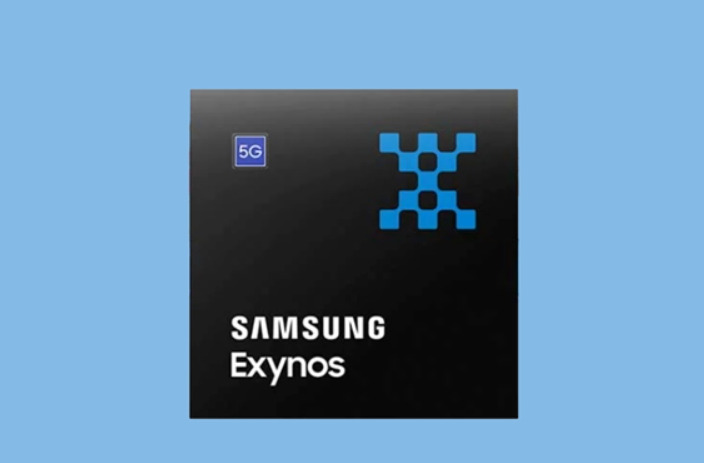Samsung's counterattack has begun! World's first 2nm Exynos 2600 yields 30% secured

Samsung Electronics has taken a big step forward in mass producing Exynos 2600 based on the cutting-edge 2nm GAA (Gate-All-Around) process.
According to the industry, Samsung Electronics has recently achieved a 30% yield for Exynos 2600 through trial production using the 2nm GAA process.
This is very encouraging for Samsung, which failed to secure the yield of the 3nm Exynos 2500, which was to be equipped in the Galaxy S25 series, and has given it hope of securing an advantage in the next-generation product competition.
The industry is analyzing that Samsung is still behind TSMC, which has secured a 60% yield in the 2nm process, but is close to the guidelines for mass production, and is regaining the competitiveness it lost in the past two to three years.
“A higher yield means more functional chips can be produced per wafer, which leads to better efficiency and cost effectiveness,” one official said. “Although a yield of 30 percent falls short of the industry expectation of 70 percent needed to attract big customers such as Qualcomm and MediaTek, it could be a significant positive momentum for Samsung Electronics’ semiconductor division.”
Samsung Electronics has failed to win the trust of its major customers due to yield issues at the 4nm and 3nm nodes, and has repeatedly failed to deliver products. For this reason, the company is working hard to regain its reputation in the 2nm process.
The 2nm GAA process, which is scheduled to begin mass production in the second half of 2025, is said to deliver 12% better performance and 25% better power efficiency than the previous generation, while also requiring 5% less wafer area, resulting in superior transistor efficiency and improved performance per watt compared to other competing models.
Samsung expects to secure orders for flagship mobile processors, AI chips, and high-performance computing components such as HBM (high bandwidth memory) in the near future if the 2nm yield continues to improve.
Samsung Electronics aims to raise its 2nm yield to the level of TSMC this year, and in the long term, it plans to rise to a dominant position in the semiconductor manufacturing sector that competes with TSMC and Intel within a few years.




댓글 없음